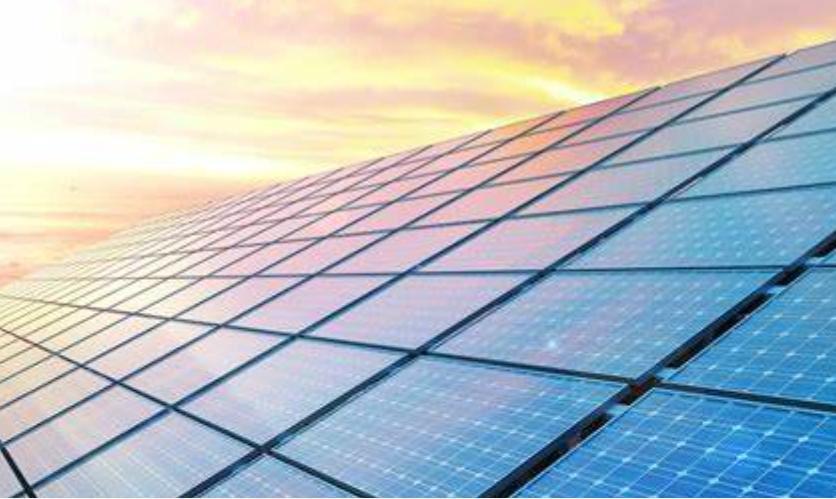Imagine a world where energy flows seamlessly, adapting to our needs in real-time, reducing waste, and minimizing environmental impact. This isn’t a distant dream—it’s the promise of smart energy systems, a transformative technology that’s reshaping how we generate, distribute, and consume energy. By integrating advanced sensors, artificial intelligence, and the Internet of Things (IoT), smart energy systems are creating a more efficient, sustainable, and resilient energy grid. This article explores how this invisible grid is quietly revolutionizing the way we power our lives.
At the core of smart energy systems is the ability to collect and analyze vast amounts of data in real-time. Smart meters, for example, provide detailed insights into energy consumption patterns, enabling utilities to optimize supply and reduce waste. These devices communicate with the grid, adjusting energy flow based on demand and even integrating renewable energy sources like solar and wind more effectively. For consumers, this means lower energy bills and a smaller carbon footprint. For the planet, it means a significant step toward a more sustainable future.
One of the most exciting aspects of smart energy systems is their ability to integrate renewable energy sources into the grid. Unlike traditional energy sources, renewables like solar and wind are intermittent—they don’t produce energy consistently. Smart grids use AI and machine learning to predict energy production and consumption patterns, ensuring that renewable energy is used efficiently. For example, excess solar energy generated during the day can be stored in batteries and used at night, reducing reliance on fossil fuels. This dynamic balancing act is making renewable energy more viable and accelerating the transition to a greener future.
Smart energy systems are also empowering consumers to take control of their energy use. With real-time data and user-friendly apps, households and businesses can monitor their energy consumption and make informed decisions about when and how to use energy. For instance, smart thermostats like Nest learn your schedule and adjust heating and cooling to maximize efficiency. Similarly, smart appliances can be programmed to run during off-peak hours when energy is cheaper and more abundant. This shift toward active energy management is transforming consumers from passive users into active participants in the energy ecosystem.
Another critical benefit of smart energy systems is their ability to enhance grid resilience. Traditional energy grids are vulnerable to outages caused by extreme weather, equipment failures, or cyberattacks. Smart grids, on the other hand, are designed to detect and respond to disruptions in real-time. For example, if a power line goes down, the system can automatically reroute energy to minimize the impact on consumers. This self-healing capability is making energy grids more reliable and reducing the risk of widespread blackouts.
Despite their potential, smart energy systems face significant challenges. Upgrading existing infrastructure to support smart grids requires substantial investment, and there are concerns about data privacy and cybersecurity. Additionally, the transition to smart energy systems must be inclusive, ensuring that all communities, including those in underserved areas, benefit from these advancements. Addressing these challenges will require collaboration between governments, utilities, and technology providers to create a fair and secure energy future.
Smart energy systems are the invisible backbone of a more sustainable and efficient energy future. By harnessing the power of data, AI, and IoT, they are transforming how we generate, distribute, and consume energy. From integrating renewables to empowering consumers and enhancing grid resilience, their impact is profound and far-reaching. As we move toward a cleaner, smarter energy future, the challenge will be to ensure that these systems are accessible, secure, and equitable. The invisible grid is already here—and it’s powering the future in ways we’re only beginning to understand.
